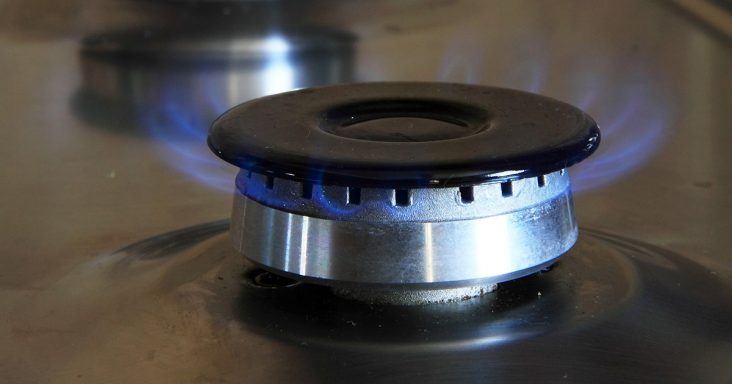Residents can expect higher heating bills this winter, according to EIA
by October 12, 2022 12:39 pm 788 views

U.S. households will likely pay more to heat their homes this winter, according to the U.S. Energy Information Administration (EIA). Compared to last winter, households are expected to spend 28% more on natural gas, 27% more on heating oil, 10% more on electricity and 5% more on propane.
On Wednesday (Oct. 12), the EIA released its 2022 Winter Fuels Outlook showing that U.S. residential energy prices will be higher this winter and heating fuel consumption is projected to be higher amid a colder winter than last year.
The National Oceanic and Atmospheric Administration expects the United States to have a slightly colder winter than last year, leading to higher consumption levels. The higher energy prices and consumption levels contribute to higher heating costs for households.
“Forecasting months-long weather and energy trends is not an exact science, but it’s highly likely that global dynamics affecting energy commodities will lead to higher U.S. prices for heat this winter,” said EIA Administrator Joe DeCarolis. Households can expect to spend even more if the weather is colder than projected.
The Winter Fuels Outlook is a supplement to EIA’s Short-Term Energy Outlook. Following are other highlights in the outlook:
- Crude oil prices are projected to remain below $100 a barrel throughout 2023, despite OPEC’s announcement of production cuts. DeCarolis said that limited demand growth is expected to partially offset price increases typically attributed to a production cut.
- U.S. motorists are expected to drive more throughout 2023, but gasoline consumption is expected to be less than 9 million barrels per day in 2022 and 2023, slightly lower than the 2021 average. DeCarolis said, “increases in vehicle fuel efficiency will offset increases in driving by U.S. motorists in the short term.”
